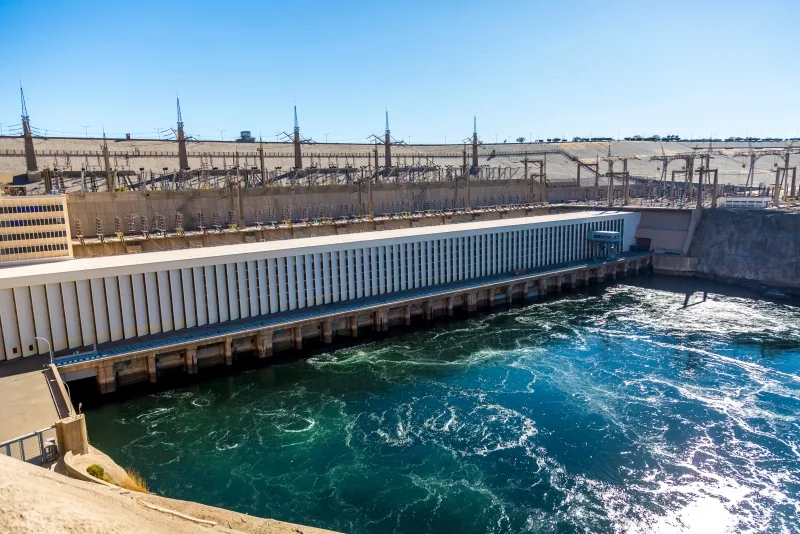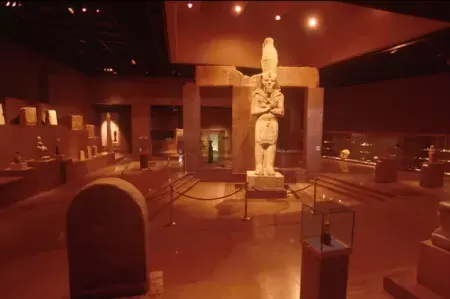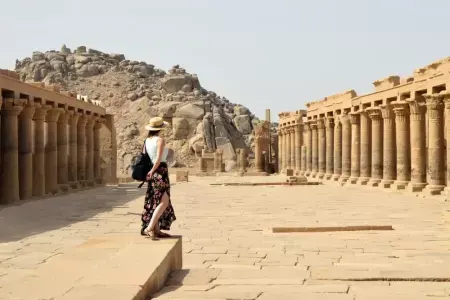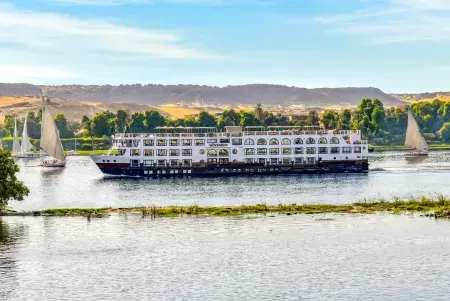The location of the Aswan dam
The Aswan Dam is located in the south of Egypt, Aswan crosses the Nile River and utilizes its power for several social and economic cases.
History of building Aswan Dam
British engineers started working on the first Aswan Dam in 1899 and completed the work in 1902, but the final result showed to be inadequate for the strong currents of the Nile. Some attempts to raise the height of the Dam had been carried out, but it still insufficient.
The Egyptian government decided to build a second dam after the 1952 Egyptian Revolution, and the building lasted until 1970. The second Dam was primarily intended to be a joint project between Egypt, the United States, and Great Britain. But Unfortunately, the foreign backers canceled the funding before construction began.
Therefore, The Soviet Union offered to provide some of the needed funding to gain a foothold in Africa during the Cold War. They also provided technicians and large machinery, as well as funds.
Benefits of the High Dam
The essential benefit of the Aswan Dam is controlling the annual flooding of the Nile River. Also, the Dam has helped the agricultural industries in the area as it provided much-needed water for irrigation, as well as producing electricity from the hydroelectric output of the river. The Dam granted small villages in Egypt the luxury of using electricity for the first time.
Lake Nasser, named in his honor, is the giant reservoir created by the Dam –300 miles long and 10 miles wide. Its formation required the resettlement of 90,000 Egyptian peasants and Sudanese Nubian nomads. Most of the water that enters into Lake Nasser is dedicated to agricultural causes; the water is applied to crops on the field through a system that allows two crops a year to be produced, in contrast with the natural precipitation which allowed one crop only in the year. This enhanced the economy of the country.
What happened to the Archaeological sites for building the Dam
Nearly 22 monuments and architectural complexes that were threatened by flooding from Lake Nasser, including the Abu Simbel temples, were relocated to the shores of the lake under the UNESCO Campaign for Nubia. Other monuments that were relocated are Philae, Kalabsha, Amada, The Debod temple, The Temple of Dendur, The Temple of Taffeh, The Temple of Ellesyia, and The temple of Ramses II.
















